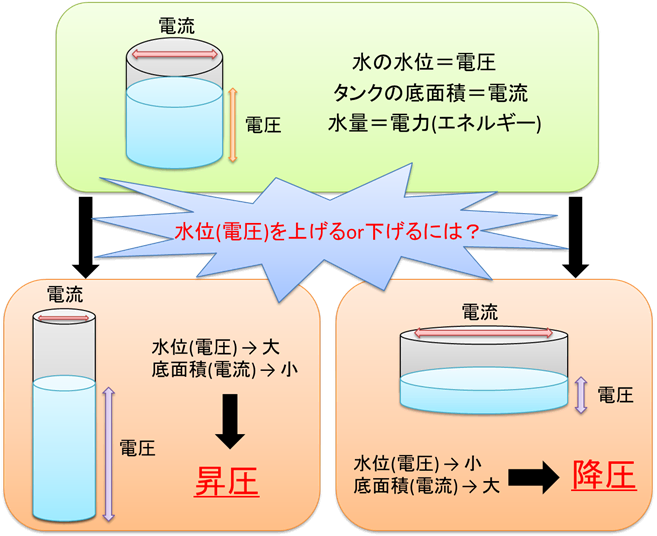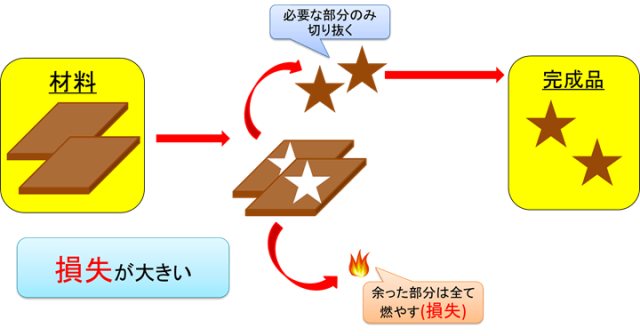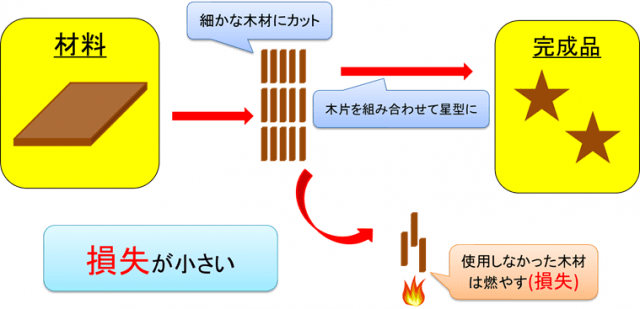Introduction
Hello, I'm Dophie.
During the training, I had more opportunities to touch boards and read datasheets.
I feel like it's finally here, and I'm feeling a mixture of anticipation and anxiety, but I'll do my best!
Well, this time I will talk about the DC-DC converter that I announced in the previous article.
This DC-DC converter is an absolute must when learning about power supplies.
What is a DC-DC converter? ?
A direct translation of DC-DC converter is DC-DC converter (DC = direct current, converter = converter).
At first I thought that direct current is direct current? didn't you convert it? Doesn't this make sense? I thought.
However, the most common power supply IC in the world is this DC-DC converter.
DC-DC converters are mainly used in the following situations:
"I have only 12V input voltage, but I need 5V, 10V and 15V."
In this way, the role of the DC-DC converter is to convert the magnitude of the voltage as needed.
In the previous article, I gave an example of increasing the voltage (step-up), but there are also DC-DC converters that lower the voltage (step-down).
Image of boosting and bucking
The law of conservation of energy must be considered when stepping up or stepping down a voltage.
"the law that the total amount of energy remains constant before and after the conversion of energy from one form to another"
In other words, even if the voltage changes, the energy itself is constant before and after the morphological change.
Figure 1 shows the image of step-up and step-down.

However, the above example is ideal and the actual conversion efficiency is not 100%.
Next, let's look at the types of DC-DC converters.
Types of DC-DC converters
There are two main types of DC-DC converters.
(1) Linear regulator
In this method, the internal switching element is always kept ON, part of the power is discarded as heat, and the necessary DC output is obtained. Only step-down is possible.
(2) Switching regulator
In this method, the internal switching element repeats ON and OFF to obtain a constant output.
By repeating this operation at high speed, the output voltage is adjusted to the specified value. Step-up, step-down, inversion (reversing the polarity), and step-up/step-down (both step-up and step-down are possible) are possible.
As for the voltage conversion of linear regulators and switching regulators, consider the situation of making a star-shaped figurine out of wood as an example (Fig. 2, Fig. 3).


<Explanation>
Linear regulators are a big waste of energy because they give off unwanted power as heat. Switching regulators, on the other hand, are more efficient because they lose less energy than linear regulators.
at the end
This time we talked about DC-DC converters.
Next time, I will talk in detail about the advantages and disadvantages of linear regulators and switching regulators, and their respective characteristics.
Finally, we would like to introduce the analog IC manufacturers that we deal with.
Analog Devices
A leading manufacturer of high-performance standard analog ICs.
We determine the performance and quality of our customers' final products, such as amplifiers, battery management, data converters, high frequencies, interfaces, voltage regulators, and voltage references, and achieve stable supply.
In principle, we will not discontinue the production of our products, so customers who use our products for a long period of time, such as industrial equipment, can use them with peace of mind.


